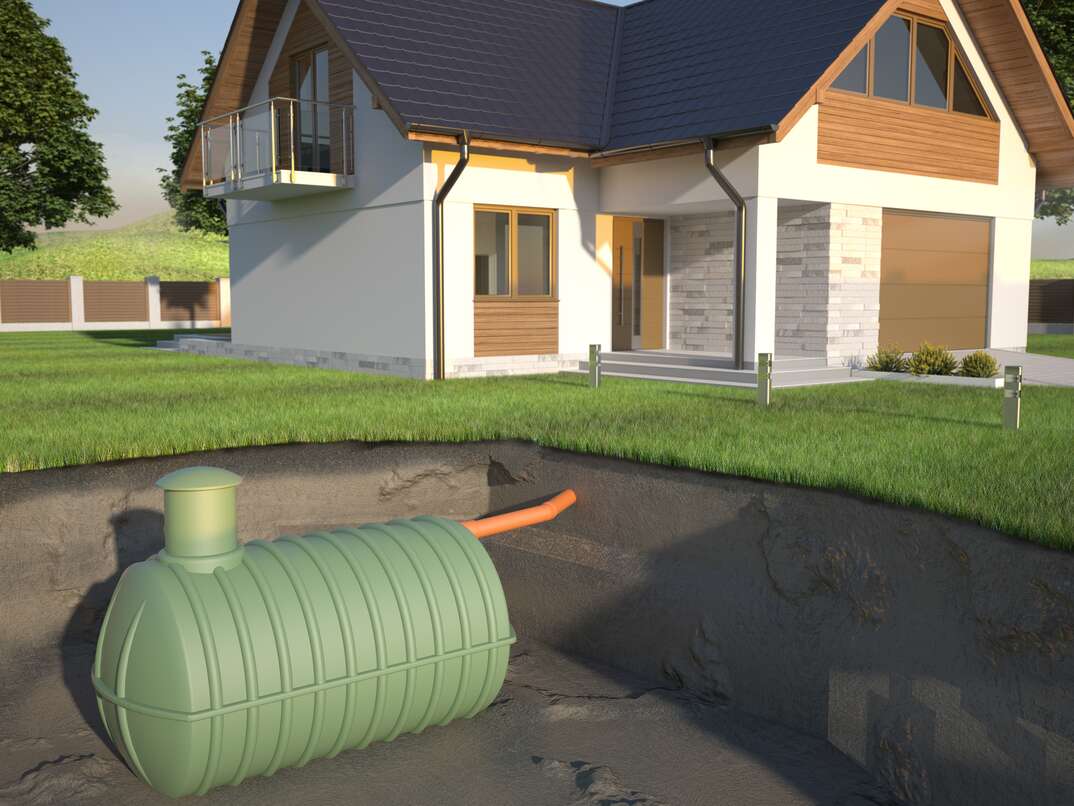Septic systems treat wastewater in homes and businesses that are not connected to sewers that are municipal. Septic systems are an effective and eco-friendly way to deal with the sewage that they produce, they also require regular maintenance, and they may eventually require replacement. This article will offer instructions on how you can manage septic system installation and replacement costs.

What are the expenses of a septic installation?
It is vital to invest in a septic system so that your wastewater is handled effectively and safely. Costs for a septic installation can vary widely based on several factors.
Property Size: Homes with larger sizes require a larger septic system in order to manage the higher amount of wastewater. In turn, bigger properties usually require a larger and more complex septic system.
A number of bedrooms A number of bedrooms you have in your home or business can affect the size of your septic tank. New Hampshire requires that a minimum of a 1000-gallon tank be set up for a maximum of three bedrooms. Additionally, an additional 250 tanks be added for each additional bedroom.
Site conditions: The cost of installation is affected by the topography, soil type, and permeability of your property. A more difficult terrain or soil conditions could require further excavation or the use of specialized equipment, increasing the overall cost.
Zoning and permit requirements: Local and state requirements for permits and inspections differ. Additional fees may be needed to obtain the required permits.
In New Hampshire, the average cost for a septic install is between $5,000 and $10,000. It is essential to note that this is just an estimate and costs may vary depending on the circumstances of your situation.
The cost of the replacement of your tank
Septic systems are likely to last from 20 to 40 years depending on their maintenance and usage. It’s usually cheaper to have a septic repaired rather than repair it. The slow drains, the standing water in your backyard and sewer backups are all indicators that you need to replace your septic system.
The cost of replacing a septic system will be based on the same factors that determine installation and will be based on the size of your property and number of bedrooms and site conditions. The cost of a septic system installation is typically higher than the cost of replacing the system. This is due to the fact that it’s essential to eliminate the old system and dispose it in a proper manner.
In New Hampshire, a replacement septic system is priced between $10,000 and $25,000 based on these variables. Again, it is essential to understand that this is merely an estimate, and the actual cost could vary in accordance with the individual situation.
Strategies for managing septic system cost
Regular maintenance can save you money on repairs and replacements by increasing the lifespan of system septic.
Choose the best contractor. By choosing a professional with experience and an excellent reputation and a good reputation, you can rest assured that the septic tank will be installed according to code and correctly. This will help you save money on expensive repairs and fines if it’s not.
Beware of flushing items that are not biodegradable In the case of flushing non-biodegradable objects, such as sanitary products diapers, wipes or wipes can cause clogging of your septic system and create costly backups.
Save the water you use. Conserving water will lessen the load on your septic tank, and prolong its lifespan.
Select the best system for your property Selecting the best design for your septic system property could reduce the cost of construction and ongoing maintenance costs.
It is important to maintain your septic tanks correctly to ensure that they are healthy. Tanks that are well-maintained have many advantages including saving money on repairs and reducing the risk of groundwater contamination while also preventing backups and prolonging the life of the tank. Regular pumping also helps increase the efficiency of your system. It also reduces expensive damage caused by things like cracks, clogs, or even a blockage. Regular inspections can reveal any problems prior to them becoming serious. This will help ensure that your septic tank is safe, efficient and up to standard. A documented maintenance plan will aid in saving time and money in the longer term as well as provide security knowing that your house or business will be able use the septic system.
For more information, click cost to install septic tank and leach field